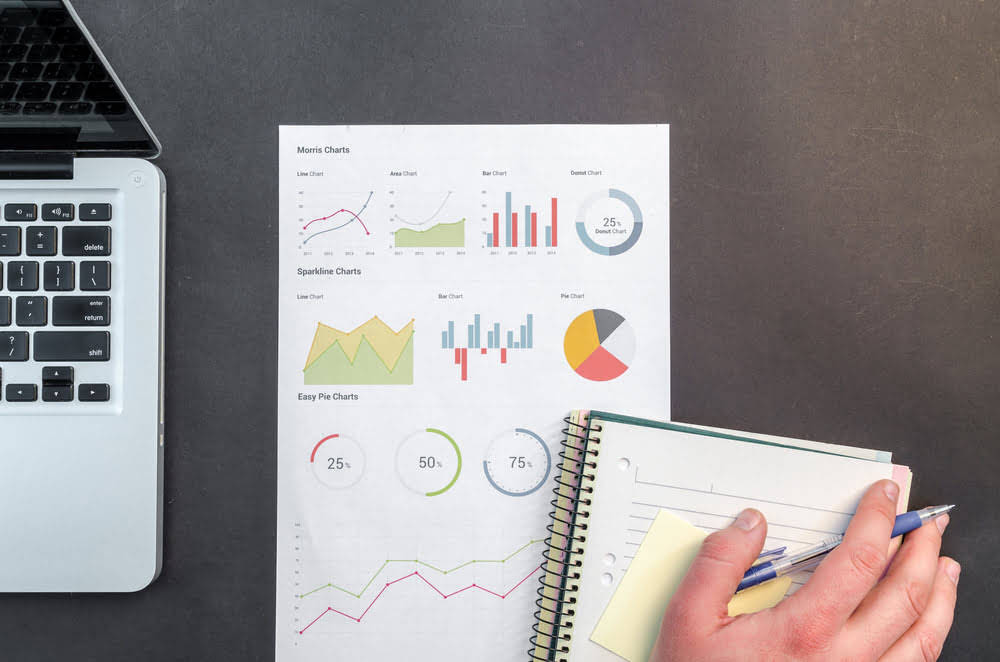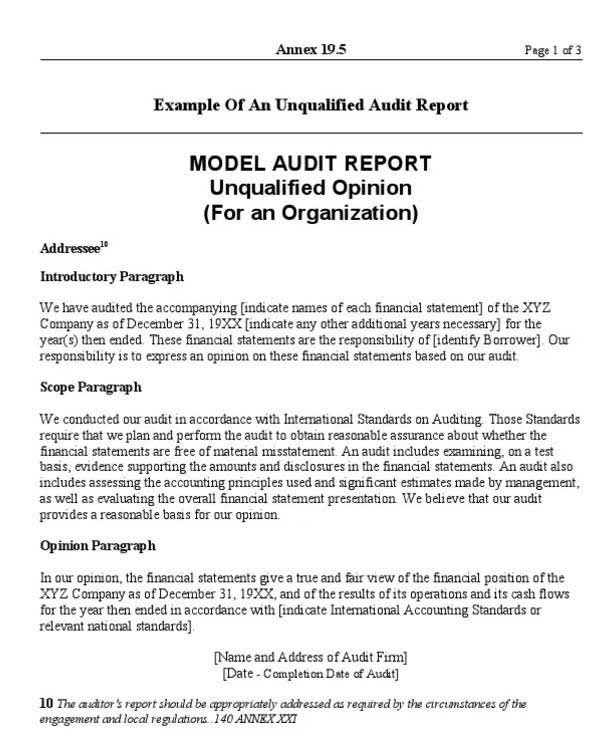
Profit estimates are calculated by deducting all expenses from your total projected revenue. Add up your fixed costs, variable costs, and contingency funds and subtract this total from your estimated income to estimate your profit. A business budget estimates future revenue and expenses in detail, so that you can see whether you’re on track to meet financial expectations for the month, quarter or year. Think of your budget as a point of comparison — you run your actual numbers against it to determine if you’re over or under budget.

How to create a business budget in 6 steps

Beyond income from sales activity, you should include other income sources, such as returns on investments, asset sales, and bond or share offerings. An organization’s budget dictates how it leverages capital to work toward goals. For this reason, the ability to prepare a creating budgets and business plans 2020 budget is one of the most crucial skills for any business leader—whether a current or aspiring entrepreneur, executive, functional lead, or manager. Your budget is a living document that evolves with your business. Use discrepancies between actual and budgeted figures to refine future projections.
Growth Planning

The offers that appear on this site are from companies that compensate us. But this compensation does not influence the information we publish, or the https://x.com/BooksTimeInc reviews that you see on this site. We do not include the universe of companies or financial offers that may be available to you. This might include saving money, investing, or growing the business. It reveals a company’s position relative to competitors.
- Sales numbers come from what the company thinks it will sell.
- It’s not a restriction on spending—it’s a plan for what you’ll do with your money.
- Traditional budgeting involves creating a detailed budget based on historical data and future projections.
- By following this detailed process, you’ll create a detailed business budget that serves as a helpful tool for decision-making and growth.
- The alternative is to simply keep a cash buffer as a line item on your budget (and an actual cash-equivalent account somewhere) to cover unexpected expenses or revenue shortfalls.
- If there are any major shortfalls or unexpectedly high turnovers, you should analyse whether this was due to unrealistic targets or whether the business faced external difficulties.
Gather and Organize All Relevant Financial Information for Your Business
- Every component plays a role in guiding your business toward profitability, from financial statements to cash flow projections.
- A cash flow budget is a means of projecting how and when cash comes in and flows out of a business within a specified time period.
- Incremental budgeting uses the previous period’s budget as a starting point, making small adjustments for the upcoming period.
- Expansion of the business usually includes the creation of different departments responsible for different things – and each of these departments needs to have its own budget.
- You may find that a combination of methods works best for your unique situation.
- Cash flow analysis helps businesses track money coming in and going out.
Whether in our personal lives or in business, https://www.bookstime.com/articles/control-accounts we need to factor in variable expenses. A static budget, unlike a flexible budget, is a fixed budget that remains unaltered regardless of changes in factors such as sales volume or revenue. A software company, for instance, might use its financial budget to determine its value in the context of a public stock offering or merger. Creating a budget also plays an important role in the the accounting cycle, which ensures that all financial transactions are properly accounted for. Moreover, with the rapid growth of your business, you might find yourself in a situation where you aren’t able to control all the money anymore. Expansion of the business usually includes the creation of different departments responsible for different things – and each of these departments needs to have its own budget.
- A small business budget should include all income and expenses the business accrues over a given period.
- Income and expenses are broken down into line items with a total at the bottom for each category.
- I read about 100 business plans per year, and I have this list of mistakes.
- We’ve created this small business budget starter kit to help you get started creating and maintaining a budget.
- By understanding those goals, you can prepare a budget that aligns with and facilitates them.
- As part of this process, your team will be responsible for writing web copy, creating videos, and designing graphics.
- This provides greater context for making tactical business decisions, such as considering where to trim business expenses.
- We expect to offer our courses in additional languages in the future but, at this time, HBS Online can only be provided in English.
- Use discrepancies between actual and budgeted figures to refine future projections.
- These platforms can dramatically reduce the time spent on manual data entry and calculations, allowing you to focus on analysis and decision-making.
- With a dependable business budget in place, you’ll be more likely to make insightful spending decisions.
- First, you’ll want to store your expense and revenue information with accounting software to help you track your numbers and generate reports.
Track how you make money and how much you spend by listing all of your revenue streams and expenses in your profit and loss statement. Create, review, and revise your expense budget to keep your business on track and more easily predict future expenses. While not too different from traditional sales forecasts—there are a few specific terms and calculations you’ll need to know when forecasting sales for a subscription-based business. Second, a budget is, quite literally, a tool used to direct work done within an organization. The cash flow statement plays a different role by offering a higher-level overview of how money moves into, throughout, and out of an organization.
Identify and calculate your fixed expenses, which remain relatively constant regardless of your business’s performance. Follow the steps above to create your budget, and review it often to stay on track. We’re about to do some basic accounting so you know whether you have a profit or loss. This is your chance to figure out exactly how much you’re spending and making in your business.